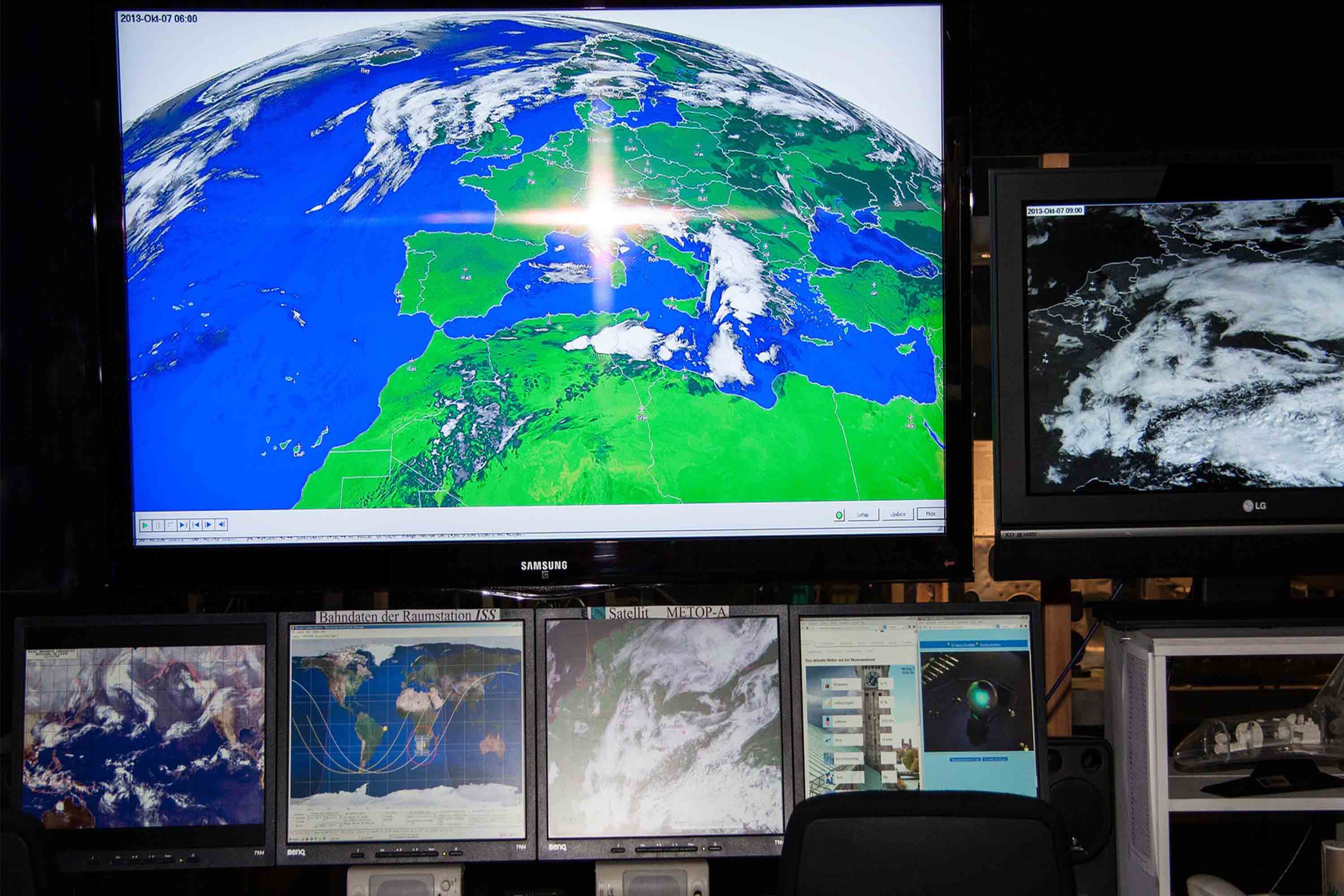
Principal speaker
Professor Seon Ki PARK
The Griffith Climate Change Response Program welcomes you to join us with our special guest, Prof Seon Ki PARK, from the Dept of Environmental Science and Engineering and the Dept of Climate and Energy Systems Engineering, Ewha Womans University, Seoul, Korea. He will be presenting a seminar, "Integrated regional environment/climate prediction system: Coupled modeling, parameter estimation and data assimilation".
Abstract: Environmental change can be induced by climate change, and can influence climate in turn through feedback mechanisms. Numerical prediction of environment/climate is an important tool for adequate policy making in an era of changing climate. It basically requires a coupled modeling system, and its performance can be improved with optimized parameters and initial conditions. Numerical climate/weather models provides not only the future state of climate/weather but also the analysis data of model variables at given horizontal/vertical grid resolutions, which are useful especially in data void areas. We have developed an integrated regional climate prediction system ― the Regional Environment/Climate Integrated Prediction System (RECIPE). The RECIPE is based on a coupled modeling system of meteorology (WRF) and land surface (Noah-MP) with some improved features in the land surface processes, including vegetation phenology, stem index, and carbon assimilation and allocation. It is also equipped with the state-of-art techniques, including optimal parameter estimation and advanced data assimilation. Some recent efforts to improve the regional environment/climate prediction will be introduced as an integrated approach, such as developing/improving parameterizations of subgrid-scale phenomena, estimating optimal parameter values, seeking an optimized set of parameterization schemes ("superparameterization"), and applying a hybrid ensemble-variational data assimilation, by employing the coupled models, e.g., WRF-Noah-MP and WRF-Chem, and multi-sensor satellite data.
Biosketch: His research interests include interactions among environmental systems and feedback mechanisms in regional climate change, coupled modeling of land surface-soil-atmosphere-ecosystem, and numerical prediction of high-impact weather, climate and environment, including data assimilation and optimization. He received his PhD degree in Meteorology from Univ. of Oklahoma (OU), and had worked as a research scientist at OU, Univ. of Maryland and NASA/GSFC before he joined Ewha Womans University (EWU), Seoul, Korea. He has served the university administration as Director of Environmental Science and Engineering, Associate Dean of Engineering, and Vice President of University Planning and Coordination. He was the Founding Director of the Severe Storm Research Center, and the Center for Climate/Environment Change Prediction Research that was established via a government fund as 7-year project (2009~2016; ~1 million USD per year) with him as the PI. He received several awards from EWU such as the Teaching Excellence Award, the Research Excellence Award, and the Research Grant Excellence Award, and from the Korean government such as the Administrator's Award (Korean Meteorological Administration), the Minister's Award (Ministry of Environment), and the Service Merit Medal. He has also served as the President of Atmospheric Sciences Section of the Asia Oceania Geosciences Society (AOGS) in 2012-2014.